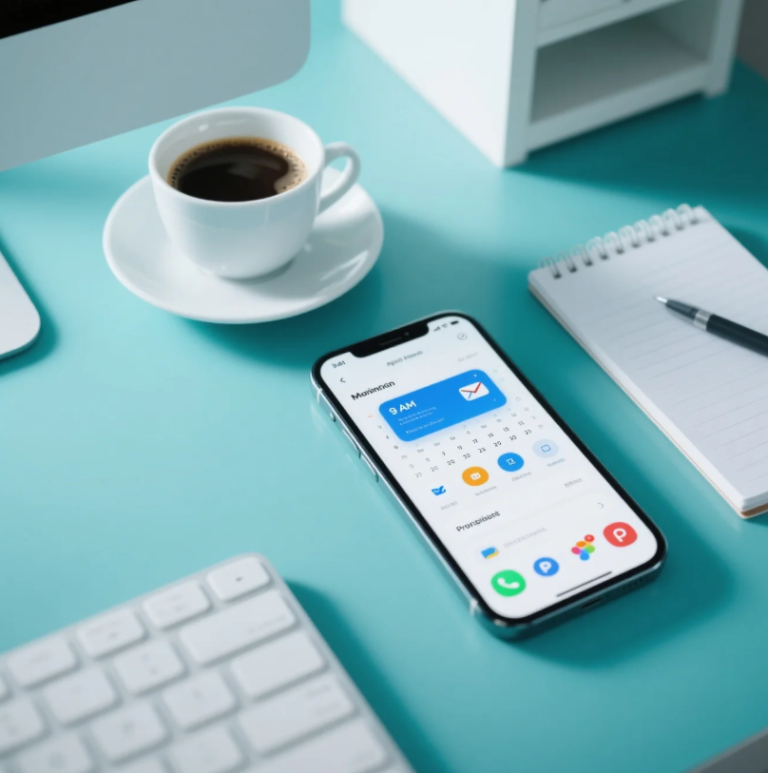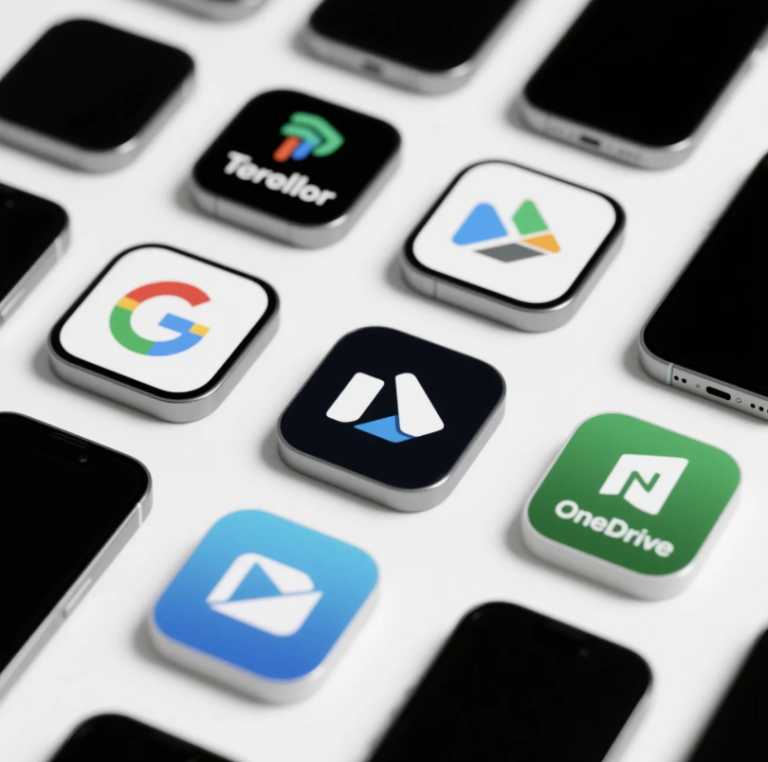
In the modern digital era, mastering your workflow is the secret sauce to staying productive, organized, and sane. Whether you’re a freelancer, remote worker, entrepreneur, or just someone trying to juggle daily tasks, building a digital workflow tailored to your unique style can transform chaos into clarity.
But here’s the catch: many people adopt generic productivity hacks or flashy apps that look great but don’t actually fit their needs. The key is crafting a workflow system that actually works for you — flexible, efficient, and sustainable.
In this comprehensive guide, we’ll walk through the essential steps to design your ideal digital workflow, customize tools, and keep things running smoothly. Ready to finally get your digital life under control? Let’s dive in.
What Is a Digital Workflow — And Why Does It Matter?
A digital workflow is the sequence of digital steps you take to complete your work or personal projects, from gathering ideas to execution and review. Unlike traditional pen-and-paper methods, it involves using apps, devices, and online tools to manage tasks, communication, files, and deadlines.
Benefits of a Well-Built Digital Workflow
- Boosts productivity by reducing task-switching and friction
- Keeps your projects and data organized and easy to find
- Enables better collaboration when working with others
- Saves time by automating repetitive steps
- Reduces stress from feeling overwhelmed or disorganized
However, a workflow is only as good as its alignment with your habits and goals. Copy-pasting someone else’s setup rarely sticks — personalization is essential.
Step 1: Analyze Your Current Process
Before building anything new, take stock of how you currently work.
- What digital tools do you use daily?
- Where do you lose time or get distracted?
- What tasks feel repetitive or complicated?
- How do you track progress and deadlines?
- What frustrates you most about your current system?
Write these answers down. Identifying pain points helps tailor your workflow for real-world effectiveness.
Step 2: Define Your Goals and Priorities
Ask yourself: What do you want your digital workflow to achieve?
- Manage personal projects better?
- Streamline client communication?
- Automate mundane tasks?
- Improve focus and reduce distractions?
Having clear goals guides your tool selection and process design.
Step 3: Choose the Right Tools — But Keep It Simple
There are countless productivity apps, but cluttering your workflow with too many tools backfires. Instead:
- Pick versatile apps that cover multiple needs, like Notion (notes, tasks, databases), Todoist (task management), or Trello (visual project boards).
- Consider your device ecosystem (Windows, Mac, iOS, Android) to ensure compatibility.
- Use cloud storage like Google Drive or Dropbox for easy access.
- Leverage communication tools like Slack or Microsoft Teams if collaborating.
Pro tip: Start with a minimal set of tools and expand only if necessary.
Step 4: Map Out Your Workflow Steps
Visualize the key stages your tasks go through. A common workflow might look like this:
- Capture — Collect ideas, tasks, emails, and files.
- Organize — Categorize and prioritize.
- Plan — Schedule deadlines and milestones.
- Execute — Work on tasks with focus blocks.
- Review — Check progress and adjust.
Create a flowchart or checklist of these steps. This blueprint ensures consistency and helps identify bottlenecks.
Step 5: Automate and Integrate Where Possible
Smart automation saves time and mental energy.
- Use tools like Zapier or IFTTT to connect apps (e.g., automatically save email attachments to cloud storage).
- Set recurring reminders for routine tasks.
- Automate task creation from emails or messages.
- Use calendar integrations to sync deadlines and meetings.
Automation frees you from repetitive chores and keeps your workflow fluid.
Step 6: Establish Daily and Weekly Routines
A digital workflow thrives on habit.
- Start each day by reviewing your task list and prioritizing.
- Block time for focused work sessions, avoiding multitasking.
- Schedule weekly reviews to update your project statuses and tweak your workflow.
- Use end-of-day checklists to prepare for tomorrow.
Consistency reduces overwhelm and keeps your system reliable.
Step 7: Keep It Flexible and Adapt
No workflow is perfect from the start.
- Regularly reflect on what’s working and what’s not.
- Don’t hesitate to simplify or swap tools if needed.
- Be patient; building a productive digital system takes time.
- Celebrate small wins to stay motivated.

Bonus: Tips for Staying Focused Within Your Workflow
- Use the Pomodoro Technique (25-minute work blocks with breaks).
- Minimize notifications during deep work.
- Keep your digital workspace clutter-free.
- Batch similar tasks to maintain momentum.
Conclusion
Building a digital workflow that actually works for you isn’t about copying trends or packing your day with apps. It’s about understanding your unique habits, defining clear goals, and creating a streamlined, flexible process that supports your productivity and peace of mind.
With thoughtful planning, the right tools, and commitment to routines, you’ll transform digital chaos into organized efficiency — freeing up time and mental space for what truly matters.
Start designing your workflow today, and watch how it revolutionizes your daily life.


